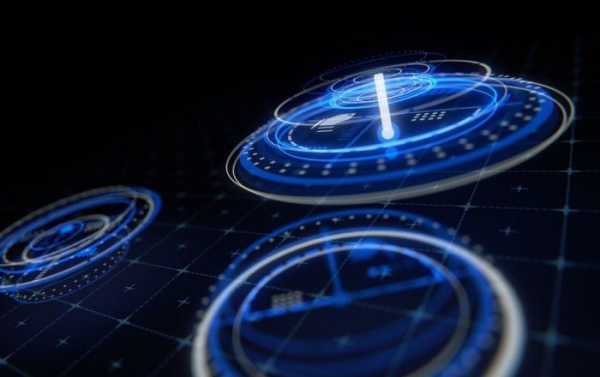
Digital holography refers to the acquisition and processing of 3D information using digital cameras. It already has a wide practical application and in the future, as scientists claim, it will be indispensable in many areas, ranging from medicine to astronomy.
Physical Principles of Holography
Holography is a method of recording information about an object and restoring its image on a three-dimensional surface by measuring not only the amplitude of light (as in photography), but also its phase.
Recording holograms is done by registering the total amplitude of two light beams: a signal beam (reflected from the object or passed through it) and a reference beam. If the beams are coherent, a picture is formed in the plane of their superimposition, which is recorded by photodetectors.
Global Trends
Digital holography allows you to create a real three-dimensional visualisation of objects and scenes. At the same time, no special glasses or positioning of the observer is required for observation. Nowadays, 3D-displays are being actively developed, enabling high-quality images to be visualised. Scientists say that soon full-colour hologram images will come close to photos in terms of the quality of colour rendering.
Holography-based 3D printing is a promising trend. The image is divided into projections by sections, and then each projection is printed in layers under programme control.
The fields of digital holography applicable in scientific and applied research are being actively developed: digital holographic microscopy (DHM) and interferometric microscopy.
Moreover, digital holography is already being widely used in medical and biological imaging, data encryption, transmission and storage systems, as well as making it possible to increase the security of products, banknotes, and bank cards.
Russia’s Achievements
Today, some universities and companies are conducting holographic research.
For instance, NRNU MEPhI has developed a system of dynamic recording, transfer, and real-time optical demonstration of holograms with a resolution of at least two million pixels. This system allows rendering scenes and objects recorded in both optical and infrared frequencies.
Today’s holographic video transmission requires a channel with a bandwidth of at least one gigabit per second, which is why digital holographic conversion and compression technologies are of great importance. NRNU MEPhI is actively working in this direction as well. In May 2019, scientists at NRNU MEPhI presented a method for compressing the holographic information by hundreds of times.
Another important field is improving the quality of the optical display of 3D scenes from recorded holograms. The NRNU MEPhI Institute of Laser and Plasma Technologies (LaPlas MEPhI) is developing methods to improve computer and real optical display of holograms using multi-gradation liquid crystal and high-speed binary spatial light modulators.
Holography is applicable not only for storage, but also for information protection. MEPhI scientists are currently developing data coding systems that use the image recorded on the hologram as an encoding key.
Another important area of research is object recognition. Today, recognition devices usually use only spatial features. The NRNU MEPhI has recently proposed a method of simultaneous recognition by shape and spectral characteristics, which can be used, for example, in orientation systems in space or for identification of species.
Sourse: sputniknews.com






